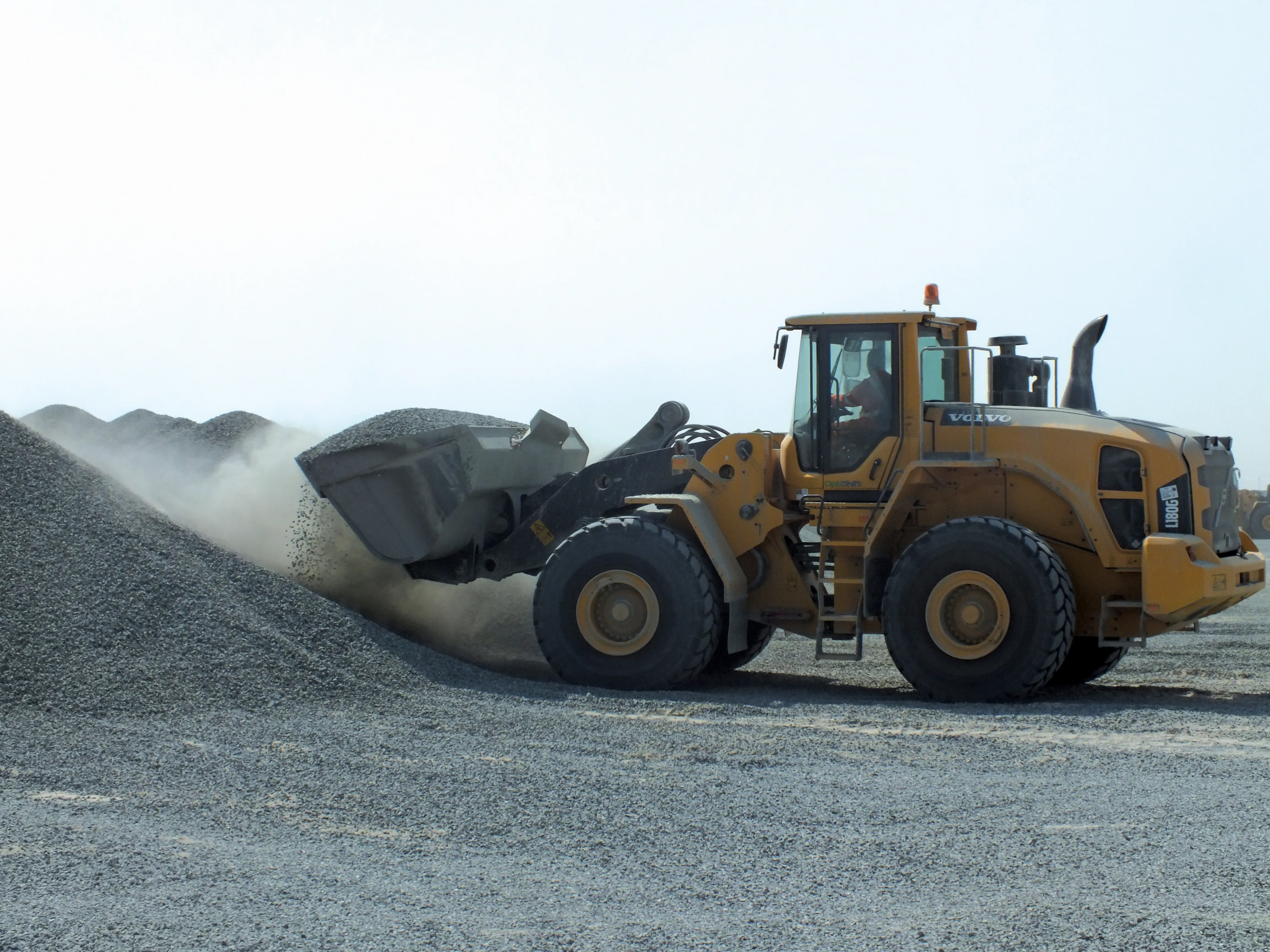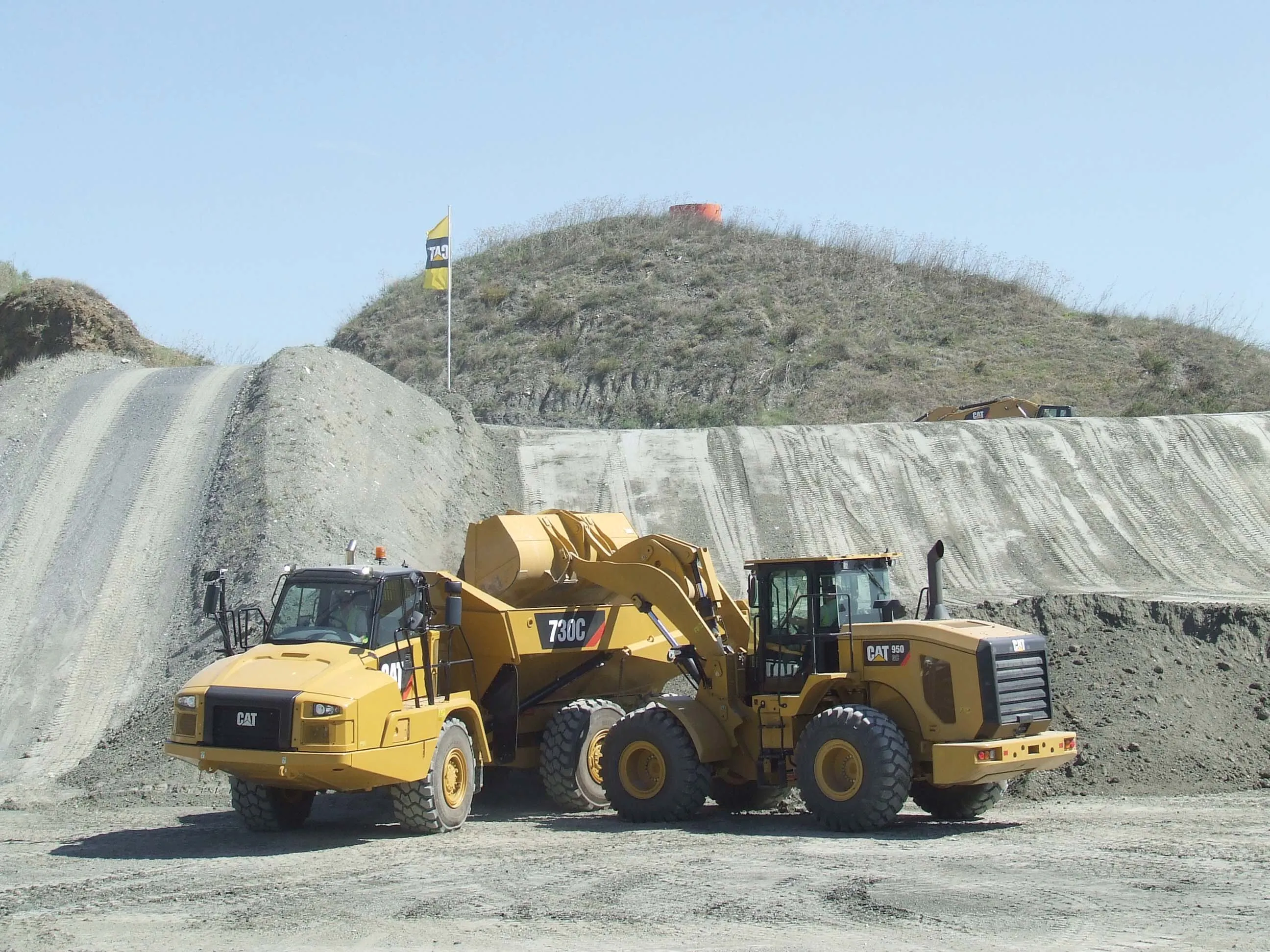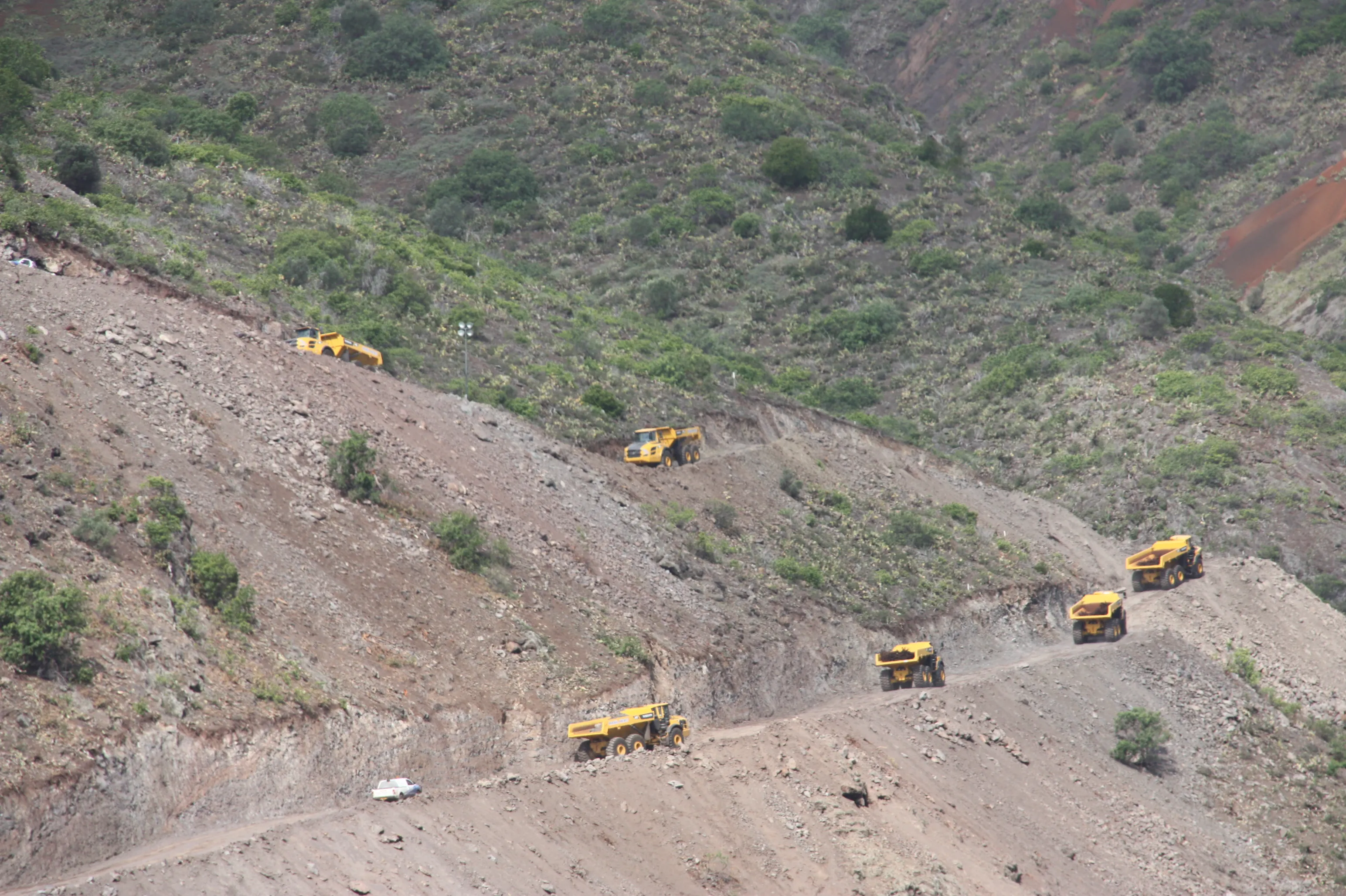Wheeled loaders are operating in the world’s largest sand cleaning plant. Located 50km from the capital Doha, Qatari Primary Materials (QPMC) operates one of the world’s largest sand cleaning plants. With temperatures reaching 40°C and 64,000tonnes of aggregates needed to be handled for every export shipment, Volvo Construction Equipment’s wheeled loaders are helping with operations in the gas-rich state. Volvo CE is involved in one of the country’s largest industrial operations, having provided QPMC with a
May 29, 2013
Read time: 3 mins

Wheeled loaders are operating in the world’s largest sand cleaning plant
Located 50km from the capital Doha, Qatari Primary Materials (QPMC) operates one of the world’s largest sand cleaning plants. With temperatures reaching 40°C and 64,000tonnes of aggregates needed to be handled for every export shipment, Volvo Construction Equipment’s wheeled loaders are helping with operations in the gas-rich state.QPMC provides complete solutions for the excavation, transport, storage and delivery of key primary materials in Qatar and the wider region, and it also operates the world’s largest sand cleaning plant based in one of the country’s smallest municipalities, Mesaieed.
QPMC’s revolutionary facility produces 1,180tonnes of clean sand an hour, and to keep up with the demand Volvo CE has three key machines working on site.
“They [the machines] have lasted for years in tough working conditions for 22 to 24 hours a day,” says assistant manager, Syed Waqar Ali.
“The machines have been outstanding and are still in good condition considering we bought them back in 2009. They are unloading 64,000tonnes of gravel in every export shipment, which sometimes requires the loaders to redouble their efforts on specific days of the month so we can get orders off in time.”
Volvo CE’s L150F, L180F and L180G are the three different models of wheeled loaders that work on site in alliance with Volvo Trucks, specifically built to handle the heavy loading of smooth sand and gravel as well as various rocks and residue.
The L180G, one of Volvo’s newest G-Series models, is fitted with Volvo’s 13litre six-cylinder turbocharged V-ACT (Volvo Advanced Combustion Technology) off-highway diesel engine, which features cooled gas recirculation and a particulate filter with active regeneration.
Volvo says the G-Series wheeled loaders boast a 20% increase in lifting force and 10% increase in breakout force compared to their predecessors.
The improvement ensures smooth, full buckets, resulting in faster cycle times and increased productivity, says the company.
Using Volvo’s CareTrack telematics available on the L180G, site analysts can record how the machines are performing. With the tracking system they can assess fuel consumption, CO2 emissions, engine speed and a range of other performance metrics, allowing for greater fleet control.
The plant’s yard supervisor, Ben Sausa, says Volvo’s Care Cab provides his operators with a cool and comfortable working environment.
This he believes is important, especially when they are working 12-14 hour shifts and the uneven and steep roads can be strenuous on the body.
“The adjustable seats and the air-con are two great features when working in 40°C heat,” says Sausa.
The QPMC Masaieed Yard is located close to the Mesaieed port, which boasts a vast site split into three divisions: the fleet, the workshop and the yard.
Volvo has worked with the Qatari company for more than six years and believes that their personal relationship is vital to both the customer and the retailer.
“We have a good relationship with personnel who work at Volvo’s official dealer, ARACO, and we believe that this is vital to maintaining a good business partnership,” explains Ali.







